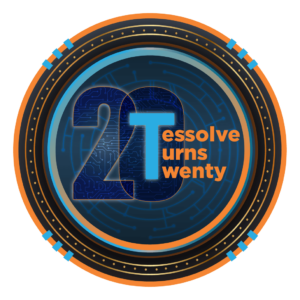| Conference: | Verification Futures 2024 (click here to see full programme) |
| Speaker: | Peter Grove , Steven Holloway |
| Presentation Title: | Mixed-Signal Randomisation - Stimulus and Checkers |
| Abstract: | Constrained-random verification (CRV) is a well-established and successful methodology for digital designs and UVM has become the primary means to achieve this. The functional complexity in mixed-signal designs is increasing exponentially. Even a simple Power Management Unit can have hundreds or thousands of control bits and many modes of operation. To achieve good functional coverage, it is important to adopt a CRV approach for mixed-signal designs. This approach can help us manage a large verification space, including: checking analogue performance under a large set of programmable configurations; digital control system interaction with analogue circuits; covering unexpected corner cases in A/D interaction. To lower the bar for verification engineers to switch Device-Under-Test (DUT) abstractions between DMS and AMS a generic monitor will be presented. This monitor is agnostic to the DUT abstraction so the Verification engineer can work in the environment they are most comfortable in. This presentation shows some of the ways in which Renesas has applied UVM to mixed-signal designs and some of the benefits we gained by doing so. The work presented was the driving force in defining the UVM-MS standard. |
| Speaker Bio: | Peter Grove Peter’s technical interests are mixed signal and analogue verification methodologies, design flows. Peter also is an Acellera SystemVerilog-AMS committee chair, UVM-AMS member/key contributor making sure the ‘users’ feedback on the language is considered and not what the vendors just want to support. Steve has 24 years’ experience of digital verification including eRM, OVM, UVM and formal property checking. He has led the verification of large-scale consumer SoC projects. He joined Dialog Semiconductor in 2011 and previously worked for Doulos, NXP and Trident Microsystems. Steve has presented at multiple external conferences including a panel session at DVCon US. He participates in industry standards bodies and has contributed code to the Accellera UVM-AMS working group Steven Holloway |
| Key Points: |
|


